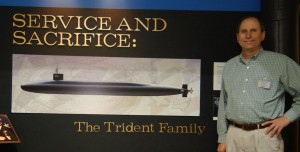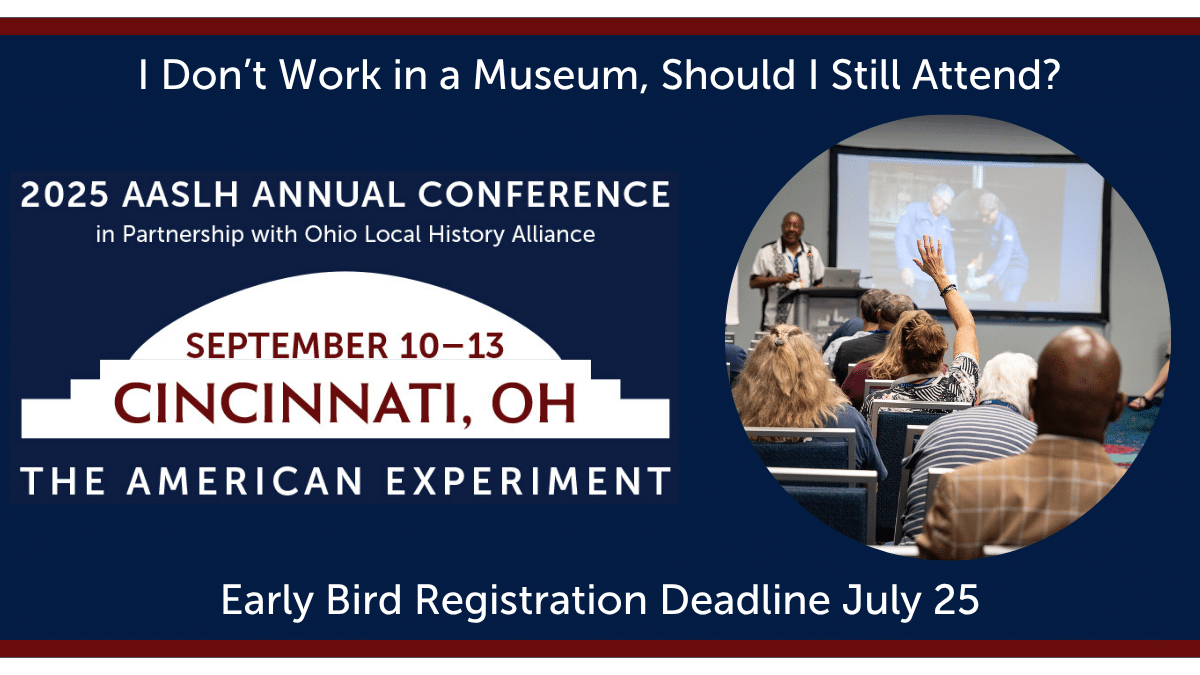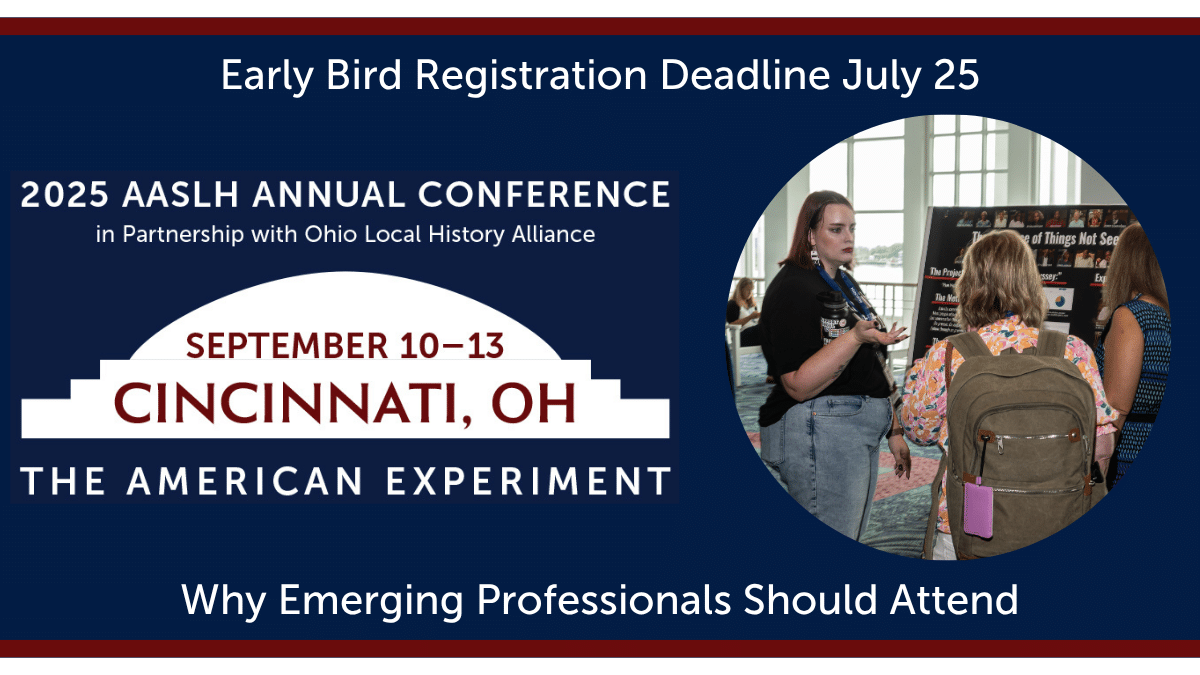For AASLH’s online course on Leadership and Administration, I was required to review sample job descriptions for directors in history organizations. I was not looking so much at the details of the job descriptions, rather the overall “feeling” of what the institutions seem to be seeking from a new Museum Director. I discovered several trends that I thought were important to share with the field about museum leadership.
Aside, of course, from all the normal prerequisite requirements, there seemed to be the overall impression that organizations are looking primarily for someone who has vision and can act as a spokesperson. The word “dynamic” came up a few times as a descriptor. Fundraising ability was also a common thread. It seems that what is desired of a new Museum Director is someone who is going to be able to breathe new life into the organization.
It seems to me that perhaps the organizations have fallen into a period of stagnation or a “rut.” Or perhaps they feel that way due to the dwindling finances and attendance that many museums find are their reality today and have been. I would describe it as that they are looking for a leader that will take them on the right track, at the same time invigorate the organization, the staff, the volunteers, fundraisers so that the museum is flush with cash, and be a Master of Ceremonies as well as a fantastic administrator. Basically, the superhero sent to answer their prayers.
The three most important qualifications that I would personally look for in a director are:
1) Personability. Someone that can get along easily with most everyone. This is a galvanizing trait and is oh, so important when dealing with everyone from the Board President to the parking attendant.
2) Integrity. This is extremely important in the museum field. If people know that they are dealing with someone with integrity and moral standards it tends to influence them to do so as well.
3) Humility. I think that a good leader should always be open to the possibility that they might be wrong, or at least be aware that there might be alternative ways that something can be viewed. Be cognizant that you can always learn something new from anyone. First and foremost, remain open to dialogue and differing points of view and always listen to advice given. You don’t have to follow it, but just listen. It just might be worth it. And don’t tell anyone to do something that you wouldn’t be willing to do yourself.
On a personal note and with the Oscar buzz this week, I have had the good fortune of having worked extremely closely with the majority of the Motion Picture Industry’s best and some of the worst directors, from Robert De Niro to Oliver Stone (no implied correlation with “from best to worst”). The best film directors exhibit these three traits also. They made you enjoy your work and want to go above and beyond for them, and you have loyalty to them. How can you bring these traits to your organization and inspire your staff (both paid and unpaid)?
Erik Miles is the Executive Director of the St. Thomas Historical Trust in St. Thomas, Virgin Islands.





